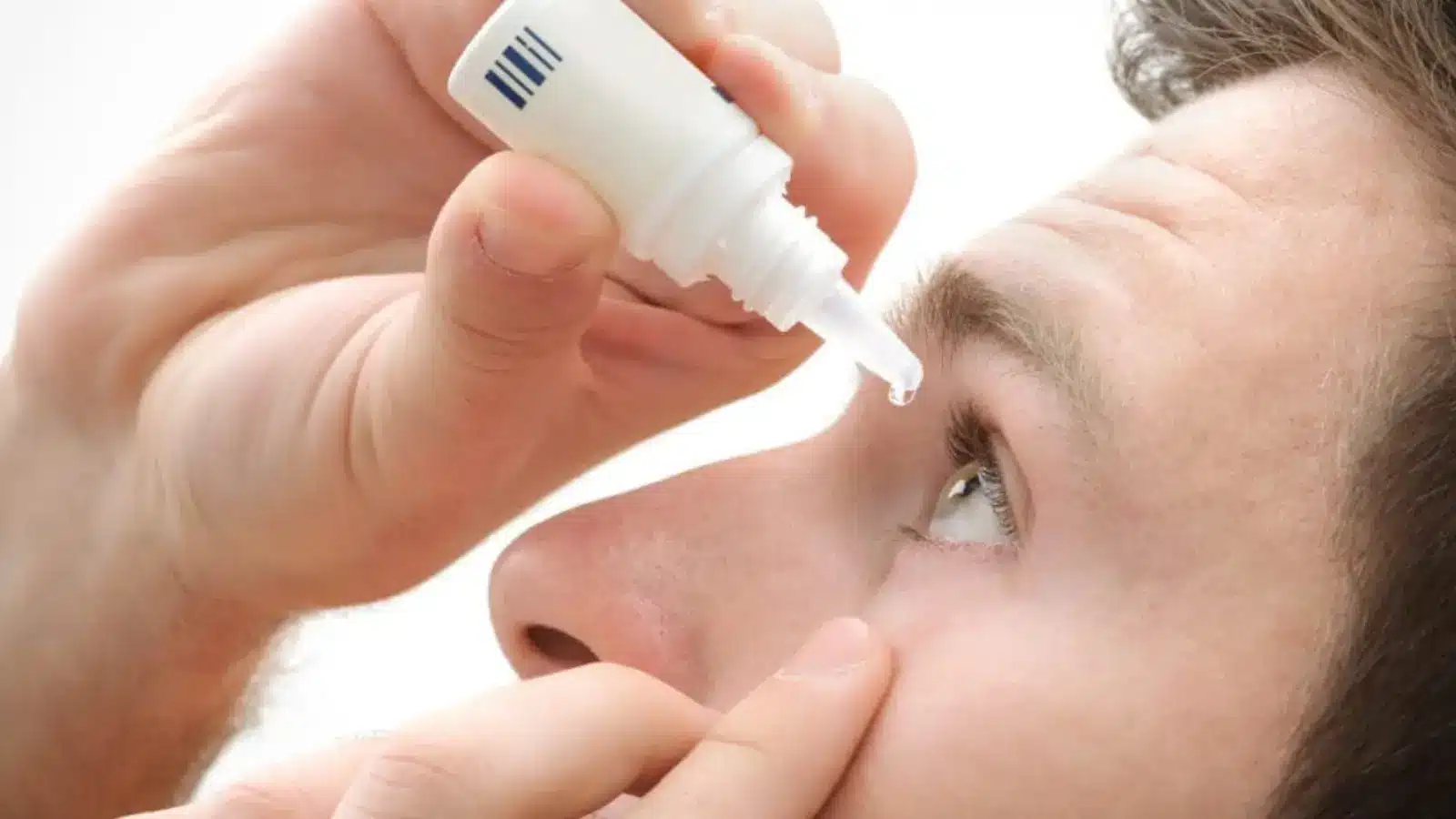
According to the Global Burden of Disease Study 2019, an estimated 7.47 million people worldwide were living with glaucoma in 2019. As one of the leading causes of blindness, this chronic eye disease often requires long-term management to slow its progression and preserve vision. Effective treatment options are essential in reducing intraocular pressure (IOP) and preventing further optic nerve damage.
One widely used medication is Lumigan (bimatoprost), a prostaglandin analog that helps lower IOP in patients with glaucoma and related eye conditions. By improving fluid drainage from the eye, Lumigan plays a critical role in protecting vision and preventing disease progression.
In this article, we will explore Lumigan’s indications and uses, highlighting its therapeutic benefits and contribution to eye health.
Key Takeaways
- Lumigan is primarily prescribed for glaucoma and ocular hypertension, both conditions characterized by elevated intraocular pressure (IOP) that can harm the optic nerve and affect vision.
- The active ingredient, bimatoprost, lowers IOP by enhancing fluid drainage from the eye, explicitly increasing uveoscleral outflow and thereby protecting the optic nerve.
- Beyond its approved uses, Lumigan is known for promoting eyelash growth and is under research for potential effectiveness in treating hair loss. It may also be used post-surgery to manage eye pressure.
- Common side effects include eye irritation, redness, dry eyes, and blurred vision, while serious side effects can involve changes in eye color and rare eye infections. Eyelash growth may occur in areas outside the intended treatment zone.
About: Doctor Medica is your trusted supplier of top-quality dermal fillers, viscosupplements, and more for your medical practice. We offer genuine products from leading brands at the lowest prices. Contact Doctor Medica today to order Lumigan online.
Primary Indications

Lumigan is mainly prescribed for two key indications: glaucoma and ocular hypertension. Both conditions involve increased intraocular pressure (IOP), which can damage the optic nerve and cause vision loss if left untreated. Lumigan helps lower IOP, thereby reducing the risk of optic nerve damage.
- Glaucoma: This is a group of eye diseases that cause damage to the optic nerve, usually due to high IOP. Lumigan is effective in managing open-angle glaucoma, the most common form. Lumigan helps protect the optic nerve from further damage by lowering the pressure in the eye.
- Ocular Hypertension: This refers to increased eye pressure without the damage associated with glaucoma. While not all people with ocular hypertension will develop glaucoma, monitoring, and treatment with medications like Lumigan can help prevent the progression of glaucoma and protect eye health.
Mechanism of Action
Lumigan’s active ingredient, bimatoprost, is a prostaglandin analog that lowers intraocular pressure (IOP). It increases fluid drainage from the eye, explicitly enhancing uveoscleral outflow. This improved drainage reduces the buildup of aqueous humor, lowering eye pressure. Lumigan helps maintain normal IOP by reducing pressure, protecting the optic nerve from potential damage, and preventing blindness.
Off-Label Uses
While Lumigan is mainly prescribed for glaucoma and ocular hypertension, it also has some off-label uses that have gained attention.
- Eyelash Growth: One of Lumigan’s more well-known off-label uses is to promote eyelash growth. The active ingredient, bimatoprost, stimulates the growth of thicker, longer, and darker eyelashes. This is why there is often a comparison like Lumigan vs Latisse.
- Hair Loss Treatment: There is ongoing research into the effectiveness of bimatoprost for treating hair loss, particularly eyebrow and scalp hair thinning. However, this remains an off-label use, and its safety is still under study.
- Post-Surgical Eye Care: In some cases, doctors may use Lumigan off-label to manage eye pressure after eye surgeries, such as cataract surgery, to prevent complications related to IOP spikes.
Side Effects of Lumigan

Like all medications, Lumigan may cause side effects. Most side effects are mild, but it’s essential to be aware of potential issues, especially long-term use. Common side effects include irritation, redness, dry eyes, blurred vision, and increased eyelash growth.
Serious side effects are less common but may include changes in eye color, such as increased iris pigmentation, which could be permanent. Some individuals may also experience eye infections, although this is rare.
Additionally, some patients might notice eyelash growth outside the treatment area, affecting the skin around the eyes. It’s crucial to discuss potential side effects with your doctor and report any unusual symptoms promptly.
Conclusion
Lumigan is a highly effective treatment for glaucoma and ocular hypertension, with proven benefits in lowering intraocular pressure (IOP) and protecting the optic nerve. While primarily prescribed for these conditions, it is also used cosmetically to enhance eyelash growth, marketed under the brand name Latisse.
A clear understanding of Lumigan’s uses, benefits, and potential side effects ensures that patients use the medication safely and effectively based on their specific needs. Consulting a healthcare provider is essential for proper guidance and optimal treatment outcomes.
FAQs
1. What are the primary uses of Lumigan?
Lumigan is primarily prescribed for treating glaucoma and ocular hypertension. Both conditions involve increased intraocular pressure (IOP), which can damage the optic nerve and lead to vision loss if left untreated. Lumigan helps lower IOP, reducing the risk of optic nerve damage.
2. How does Lumigan work?
The active ingredient in Lumigan, bimatoprost, is a prostaglandin analog that lowers IOP. It increases fluid drainage from the eye, explicitly enhancing uveoscleral outflow. This helps reduce aqueous humor’s buildup, lowering eye pressure and protecting the optic nerve from potential damage.
3. Can Lumigan be used for conditions other than glaucoma and ocular hypertension?
Yes, Lumigan has some off-label uses. It promotes eyelash growth, making them thicker, longer, and darker. Additionally, ongoing research explores its effectiveness in treating hair loss, particularly eyebrow and scalp hair thinning. Doctors may sometimes use Lumigan off-label to manage eye pressure after eye surgeries, such as cataract surgery.
4. What are the common side effects of Lumigan?
Common side effects of Lumigan include eye irritation, redness, dry eyes, blurred vision, and increased eyelash growth. These side effects are generally mild but should be monitored.
References
Chen W, Xu Y, Liu Z, Zhao J. Global, regional and national burden of Glaucoma: an update analysis from the Global Burden of Disease Study 2019. International Ophthalmology. 2024;44(1). doi:10.1007/s10792-024-03222-6
Butt NH, Ayub MH, Ali MH. Challenges in the management of glaucoma in developing countries. Taiwan Journal of Ophthalmology. 2016;6(3):119-122. doi:10.1016/j.tjo.2016.01.004
Lee DA, Higginbotham EJ. Glaucoma and its treatment: A review. American Journal of Health-System Pharmacy. 2005;62(7):691-699. doi:10.1093/ajhp/62.7.691
Related Articles
Joanna Carr
Platelet-Rich Plasma (PRP) For Skin Rejuvenation & Hair Regrowth
Have an interest in learning about Platelet-Rich Plasma Uses For Skin Rejuvenation & Hair Regrowth? Browse Doctor Medica's extensive archive of blog p...
Joanna Carr
Permanent Makeup Removal
Interested to learn more about Permanent Makeup Removal? Browse Doctor Medica's comprehensive listing of blog posts.
Joanna Carr
Plinest Before and After – With a Photo Gallery
See stunning Plinest before and after results with our exclusive photo gallery. Discover how Plinest treatments can transform your skin.


